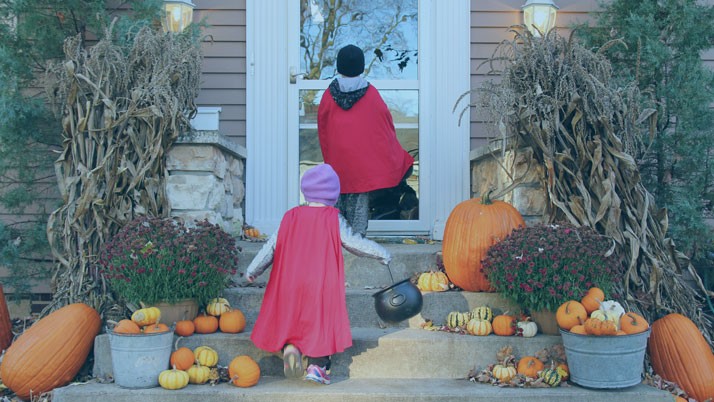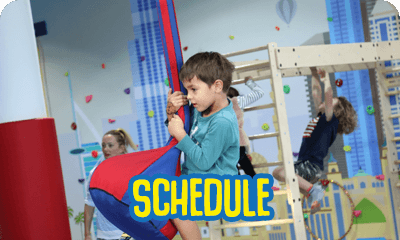Welcome to We Rock the Spectrum in Tarzana, CA!
Click below for a full list of our other locations
around the world

4 Steps to Prepare Your Child with Autism for Halloween
October 21,2015
Halloween is a family-friendly holiday that’s especially exciting for younger children. It’s a time once a year where they can dress up in rockin’ costumes, stay out late, explore their neighborhood, and — most importantly — make childhood memories that will last them a lifetime. If your child has autism, there’s no reason he or she can’t participate in this special time as well! Children with autism are very capable, but often need more preparation than a neuro-typical child. That’s why we created a list of steps to help prepare your child with autism for Halloween festivities.
1) Visualize
Show Them Photos and Videos
As any parent knows, the best way to reduce the anxiety and nerves that come from the unknown is to help your child visualize what’s going to happen before it happens. On Halloween night, the neighborhood and world as your child knows it seemingly changes. Families will be roaming the streets wearing different costumes, running from door to door asking for candy. Show your child what it’s going to look like with photos and videos of previous Halloweens. YouTube is filled with videos of parents filming their children’s first trick-or-treating experience. Preview the videos to make sure they’re safe, but use these to show your child what it will be like. If you have your own home videos of the night, that’s all the better!
Preview the Route
Take your child on a walk around the neighborhood to get used to it. If you have a specific route planned out for the night, walk them through it and let them know what houses they’ll be going to, and which ones they won’t. Have them examine the Halloween decorations to make sure they aren’t surprised or scared the night of.
2) Explain
Talk Them Through the Social Cues
After you’ve shown your child what’s going to happen on Halloween, make sure you explain it as well. Talk them through the actions they’ll take, especially the social cues they’re expected to do. Explain how to knock on doors, ask for candy, and help them come up with good replies for when someone asks them a question about their costume or candy preference.
Research to Answer Any Questions
Kids are curious! Be sure to do a little research of your own so that when your child begins asking you a thousand questions about Halloween — how it started, why you say “Trick-or-Treat”, what’s with the costumes, etc. — so that you can provide not only the answers, but the assurance that all is going to be okay.
3) Practice
Dress Them in Their Costumes Before
After you’ve found the costume that your child wants (a process that deserves a step-by-step guide itself!), don’t wait until show time to practice putting it on. Children with Autism, especially children with Sensory-Processing Disorder, are very particular about their clothing choices and comfort. If your child has a particular outfit they are most comfortable wearing, consider reducing stress by complimenting the outfit with a cape or mask so they can still have the comfort of their favorite clothes. If your child is willing to try a costume, then plan on having them wear it a few times before Halloween until they can put it on relatively stress-free.
Walk Them Through a Test-Run
Before the big day, take everything you’ve been working on and put it into practice. Have them get into their costumes, go over their social cues with you along with any last questions they have, and then take them on their Halloween route! If you can, even talk with neighbors who would be willing to participate in this practice with you. Have your child knock on you neighbors door and go through the motions of trick-or-treating, but without the actual tricks or treats (save the excitement for the actual day as a reward!).
4) Perform
Finally, the big day is here! It’s Halloween and it’s time to get your child dressed up and ready to explore the neighborhood with other children and friends. Keep in mind that any success, no matter how small, is still a success and a step in the right direction. Maybe your child only makes it to three houses — but that doesn’t mean they won’t make it to three more next year! Be positive and happy for any progress you can make, and remember that this holiday is supposed to be about family fun and good memories, so be sure to know your child’s limits and compromise if you must. It will only ensure a happier time for the both of you.

